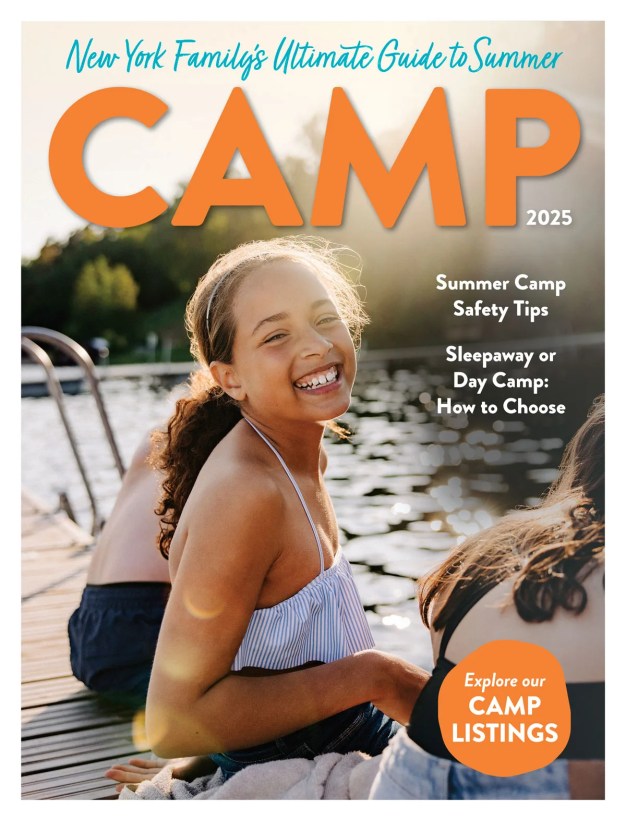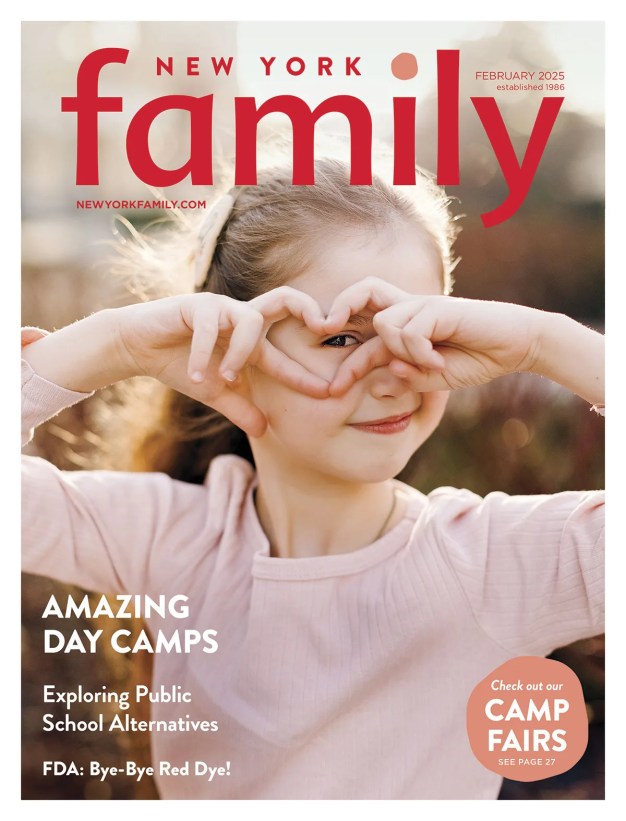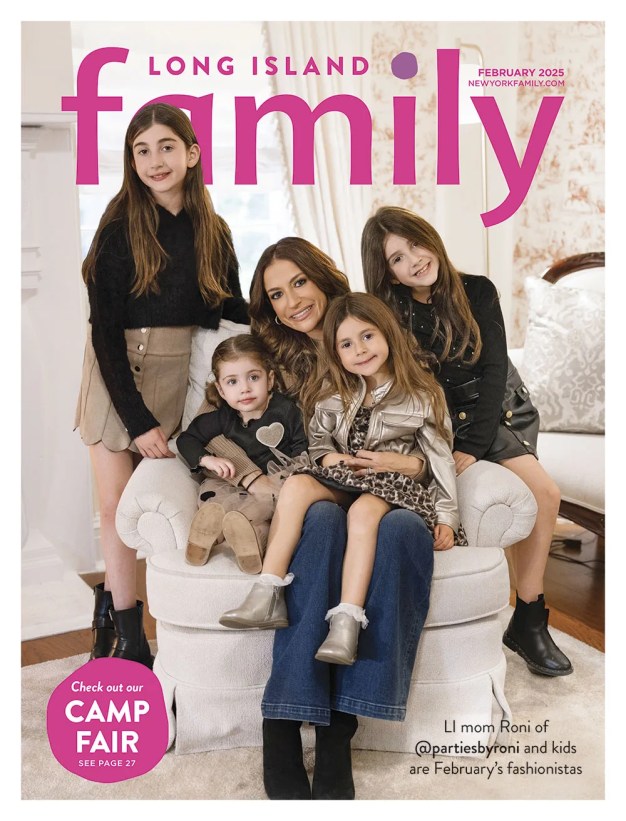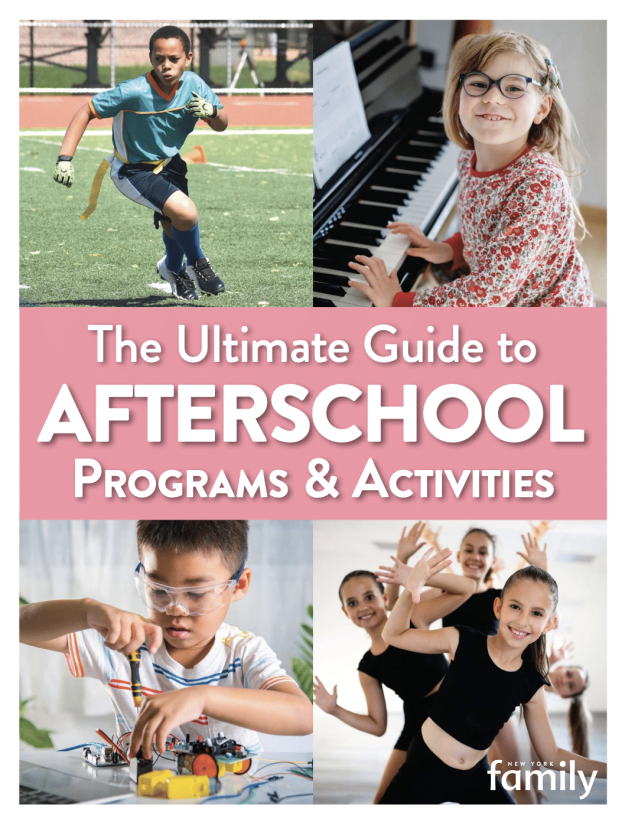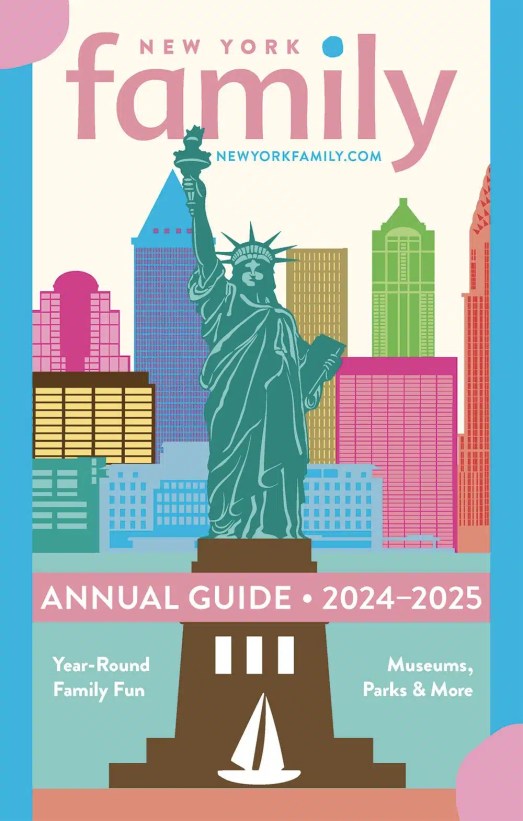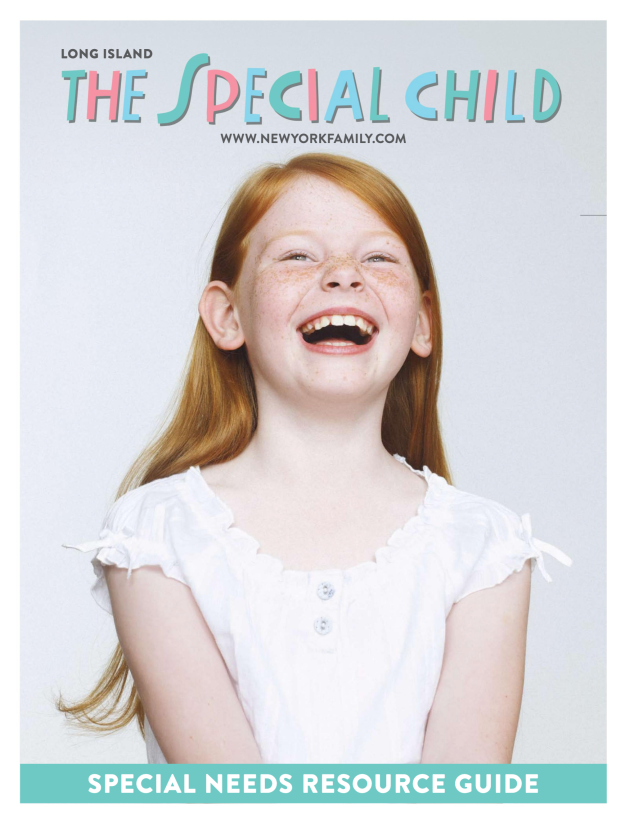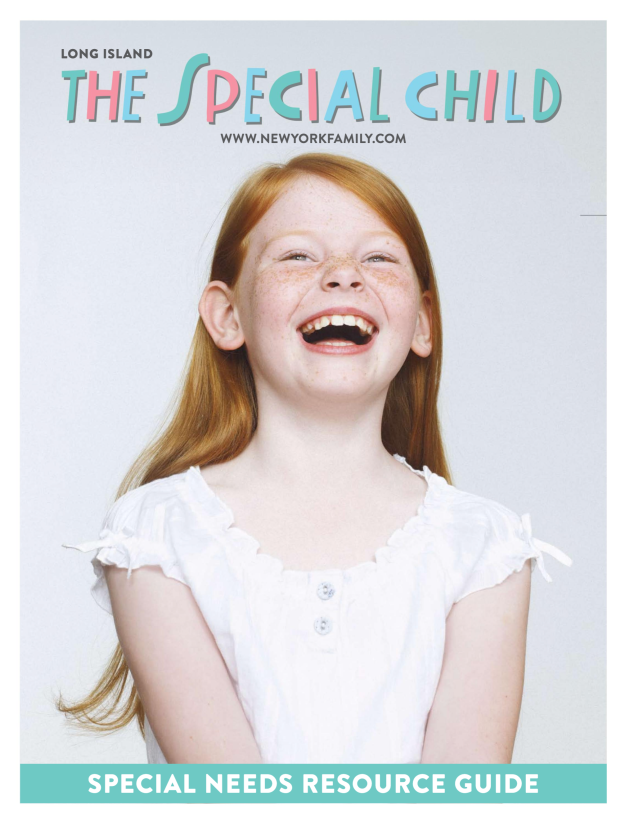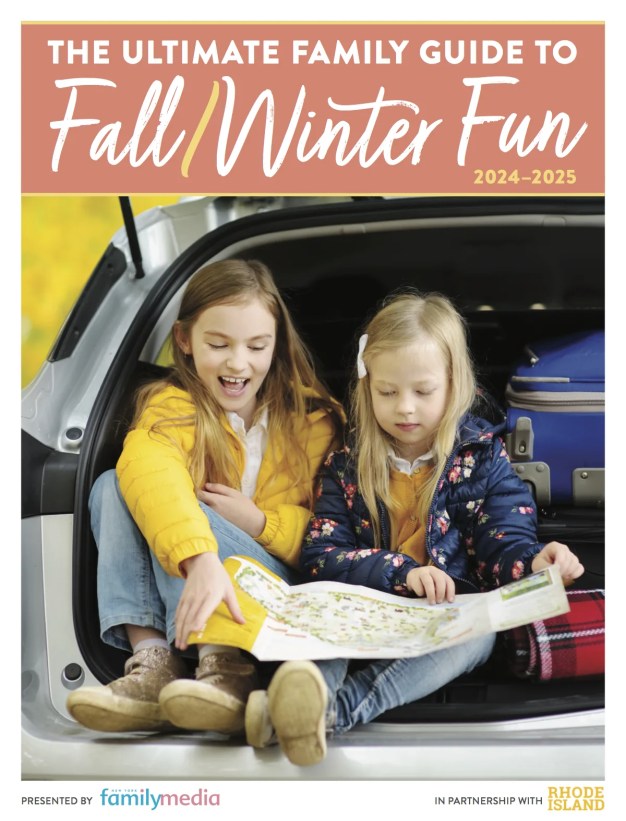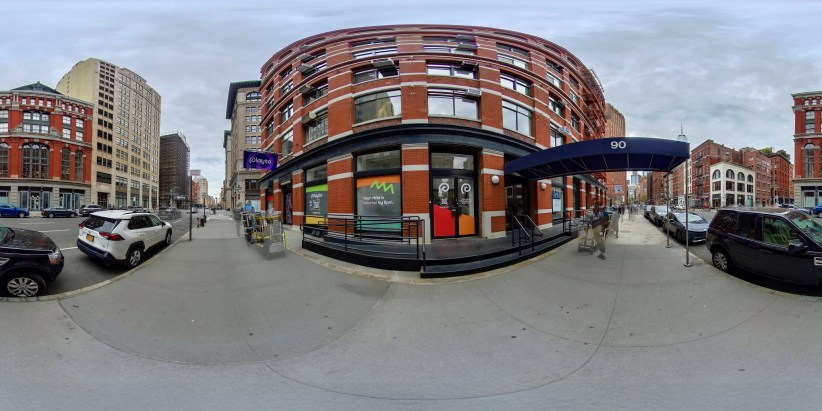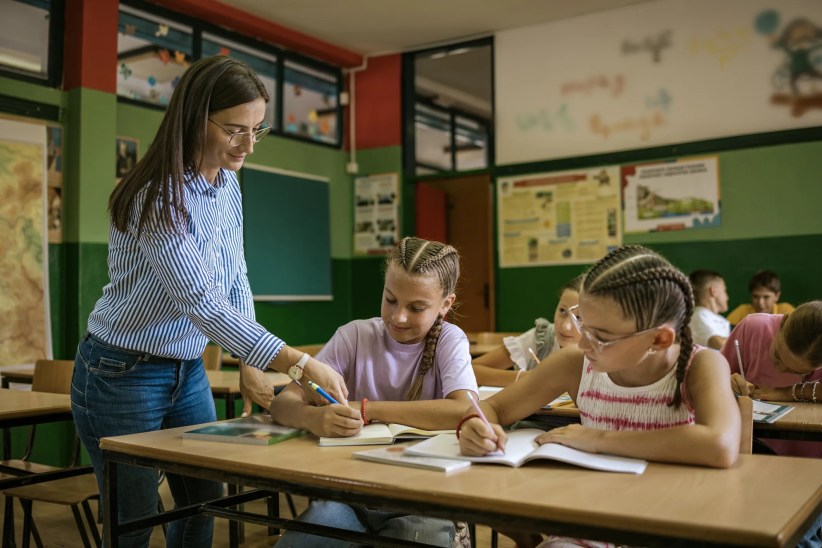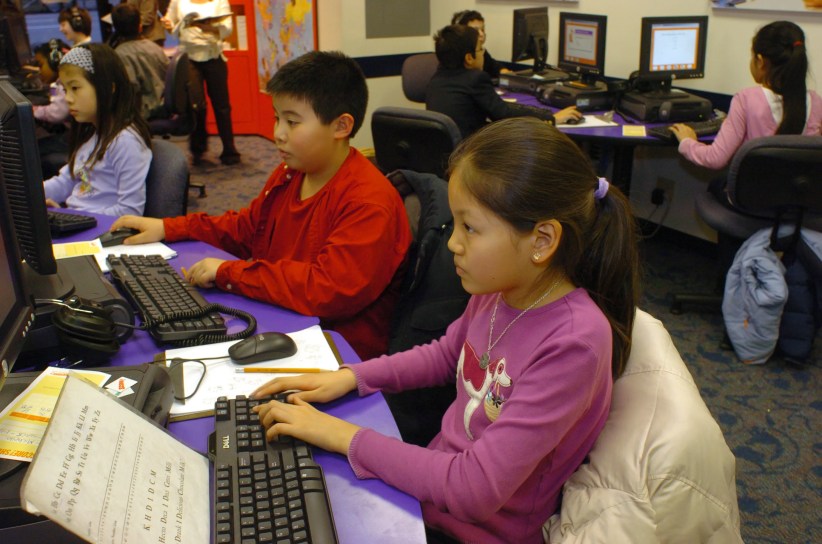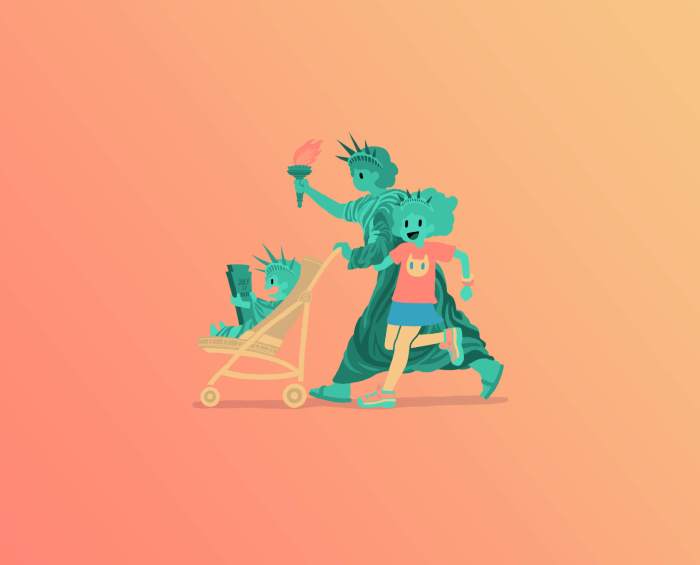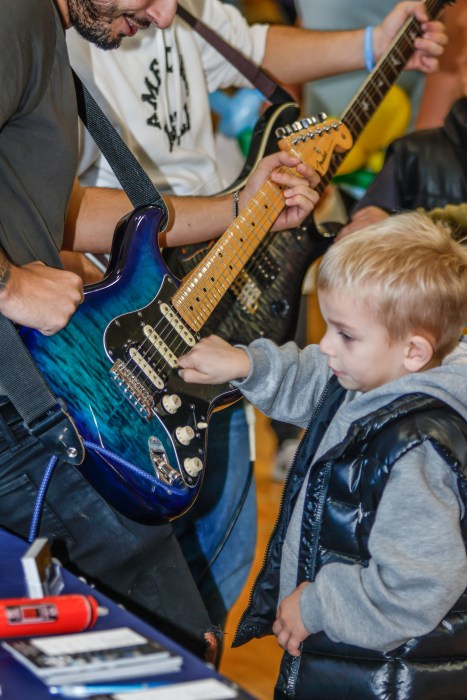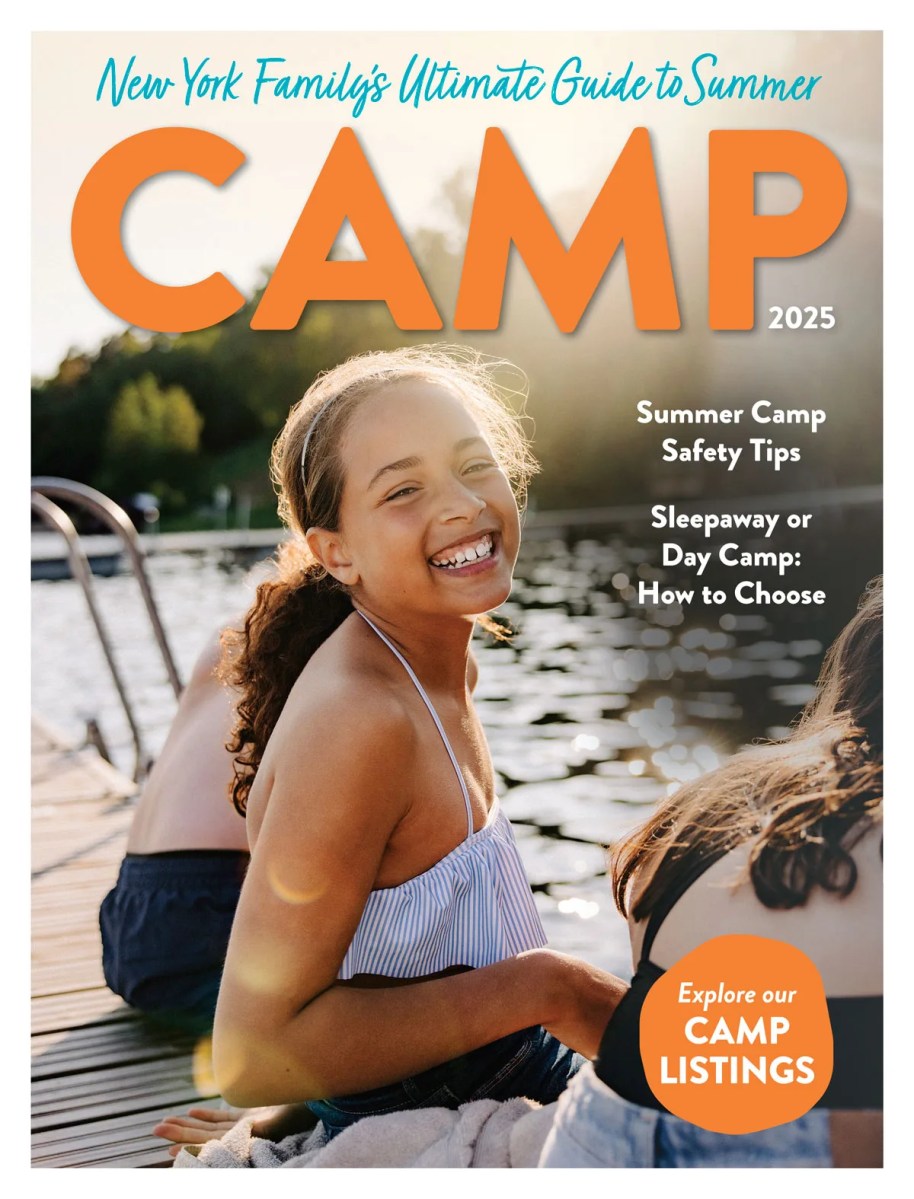Dear parents,
Summer is increasingly becoming a more academic time. Many students are now assigned homework over the summer. This is largely happening because teachers know that young children may forget as much as 25 percent of what they learned during the school year.
This summer, we have selected a number of social studies activities that should make that subject come alive and will be fun for your children to do. They can find even more activities on the Dear Teacher website under “Social Studies Activities.”
Social studies online
Since today’s children spend so much time online, have your children visit outstanding social studies websites and choose several activities to do. Besides being able to make virtual visits to historic spots, from the White House to Mount Vernon, they will find endless games that will increase their knowledge. Here are two excellent free websites to visit (you can easily use search engines to find others):
Exploring Government for Kids (kids.gov) should be first. Besides being a safe site for kids to visit, it offers content on government, history, and social studies, as well as games and videos. Plus, from there you can go to your state’s website and usually find many state-related activities in the social studies arena.
Since schools often provide limited instruction in geography, visit the student pages on Educa
Learn about presidents
Most children like to watch movies. This is an easy and enjoyable way to help them learn about the people who have led our country. The majority of these movies are best for children in middle school and beyond. Avoid showing your children movies about the presidents that are largely fictional.
You may wish to preview or read reviews of the movies before showing any of them to your children. Here are a few suggestions of movies that will acquaint your children with our presidents:
• Dwight Eisenhower: “Ike: Countdown to D-Day.”
• John F. Kennedy: “Thirteen Days,” “PT 109.”
• Abraham Lincoln: “Lincoln.”
• Richard Nixon: “Nixon,” “Frost/Nixon.”
• Franklin D. Roosevelt: “Sunrise at Campobello,” “Warm Springs.”
Several television series have documentaries of our presidents that you can find online, such as the American Experience series “The Presidents,” on pbs.org.
You can also let them watch virtual tours of presidents’ homes and sites related to their lives. More can be learned about every president, from Washington through Bush, on the National Park Service’s website at www.nps.gov/
Making a time capsule
A time capsule is a way to give people in the future an idea of what life was like when the capsule was made. It can be opened in a year or hundreds of years later. Today, more than 10,000 time capsules exist, excluding personal ones. Most are in the cornerstones of new buildings.
Explain to your children that they will fill a container with things that are important to them right now. The container can be placed somewhere in your home, such as a closet or filing cabinet. If buried somewhere, the container should be so tight that it will not let in either air or moisture. Point out that these capsules will be a lot of fun for them to open as adults. For example, it would give their children an idea of what their parents’ lives were like. They could even open the time capsule next summer to see what they thought was truly important this year. It might not be so next year.
Here are some suggestions of things that children might want to put into a time capsule: newspapers, books, toys, clothing, personal notes about their current activities, predictions about the future, pictures, a video, or anything that the children currently use or is of value to them.
Learn about the census
Fact Finder at factf
Older children can look at the census figures for 2000 and 2010 to determine if their state’s population is increasing or decreasing.
They can also expand their investigation of census reports to earlier censuses to see how the population of our nation changed between 1900 and 2000.
Parents should send questions and comments to deart
© Compass Syndicate Corporation, 2016.
Distributed by King Features Syndicate
